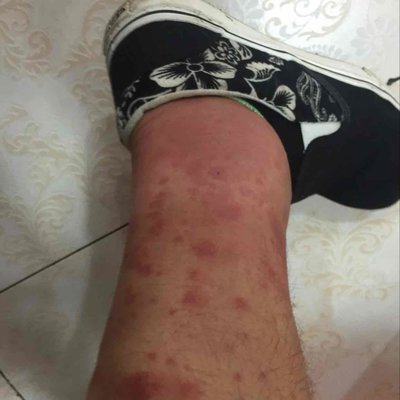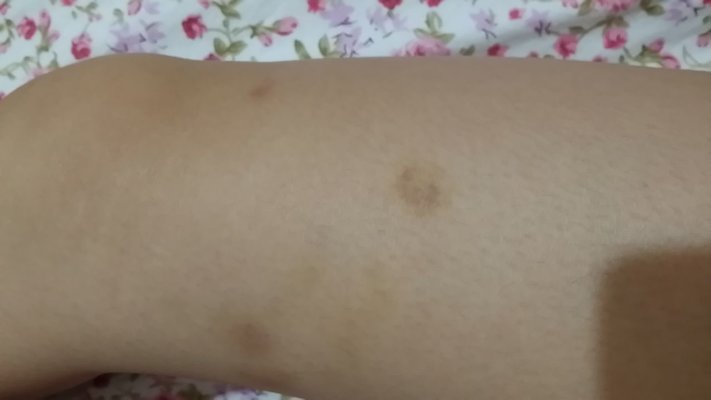The symptom of allergic purpura?
summary
Henoch Schonlein purpura (HSP) is a very common human immune disease. It is a capillary allergic disease caused by food allergy, improper medication, vitamins, vaccination, anesthesia and malignant lesions. The lesions mainly involve the capillary walls of skin, mucous membrane, gastrointestinal tract, joints and kidneys, increasing their permeability and fragility, So as to cause bleeding symptoms. The symptom of allergic purpura? Next, I'd like to share my views with you.
The symptom of allergic purpura?
First: most of the skin purpura as the first symptom. Purpura is characterized by needle to soybean sized ecchymosis, ecchymosis, urticaria like rash or pink macular papule. Purpura can fuse into patches and eventually turn brown.

Second: it usually subsides within 1-2 weeks without leaving any trace. Severe cases may have blisters, blood blisters, necrosis and even ulcers. Skin rash often occurs in the weight-bearing parts, especially in the extension of limbs, especially in the lower limbs, around the ankle and buttocks. The lesions distributed symmetrically, appeared in batches, and were easy to recur. Only skin damage is also called simple purpura,

Third, about 2 / 3 of the cases had gastrointestinal symptoms. It usually appears within one week of the rash. Common abdominal pain, mostly manifested as paroxysmal periumbilical pain, colic, abdominal pain can also occur in other parts of the abdomen. May have tenderness, rare rebound pain. It was accompanied by vomiting. About half of the children had positive occult blood in their stools, some of them had bloody stools, and even hematemesis. If abdominal pain occurs before skin symptoms, it is easy to be misdiagnosed as surgical acute abdomen, or even misoperation.

matters needing attention
1. Spicy food is taboo in the diet of most diseases. Similarly, allergic purpura is no exception, avoid spicy food, quit smoking wine are allergic purpura diet precautions. 2. Foods rich in vitamin C include fresh vegetables and fruits, especially tomatoes, oranges, apples, fresh jujubes, etc. Foods rich in vitamin K include spinach, pig liver, etc.















